Submitted by WA Contents
llLab creates a rural oasis with San Sa Village in Beijing
China Architecture News - Dec 27, 2019 - 13:51 12132 views

Shanghai-based architecture firm llLab has created "a rural oasis" with "village within a village" concept in Beijing, China.
Named San Sa Village, the project is situated on a 2,000-square-meter unused plot of land, which was originally occupied by a gas station and about forty minutes' walk from the Mutianyu Great Wall.
"San Sa", formerly named as "The Third Hometown", refers to a social space created for an introspective group of people who seek a space away from everyday life to recharge the mind, body, and spirit.

China's top ten most beautiful villages by a number of internationally renowned media. "The aim is to provide visitors with a spatial and sensory experience that evokes personal renewal, inpart by reflecting on the imagined memory of lives past," said the architects.
To embed within the design an appreciation for the site's heritage, the studio extended the existing spatial arrangement of the village, scattering the architectural blocks in-line with the typical village plan, while combining those blocks into an integrated whole.

This approach enabled us to create a spatial pattern and order that blends rather seamlessly into the local built environment. By subverting the stereotypical concept of rural tourism resorts, we hope to create a kind of "village within a village" and to give this piece of land the vitality it deserves.

The visions happened to coincide; the concept of "village within village" began to develop, growing throughout the design and construction process of more than four years.
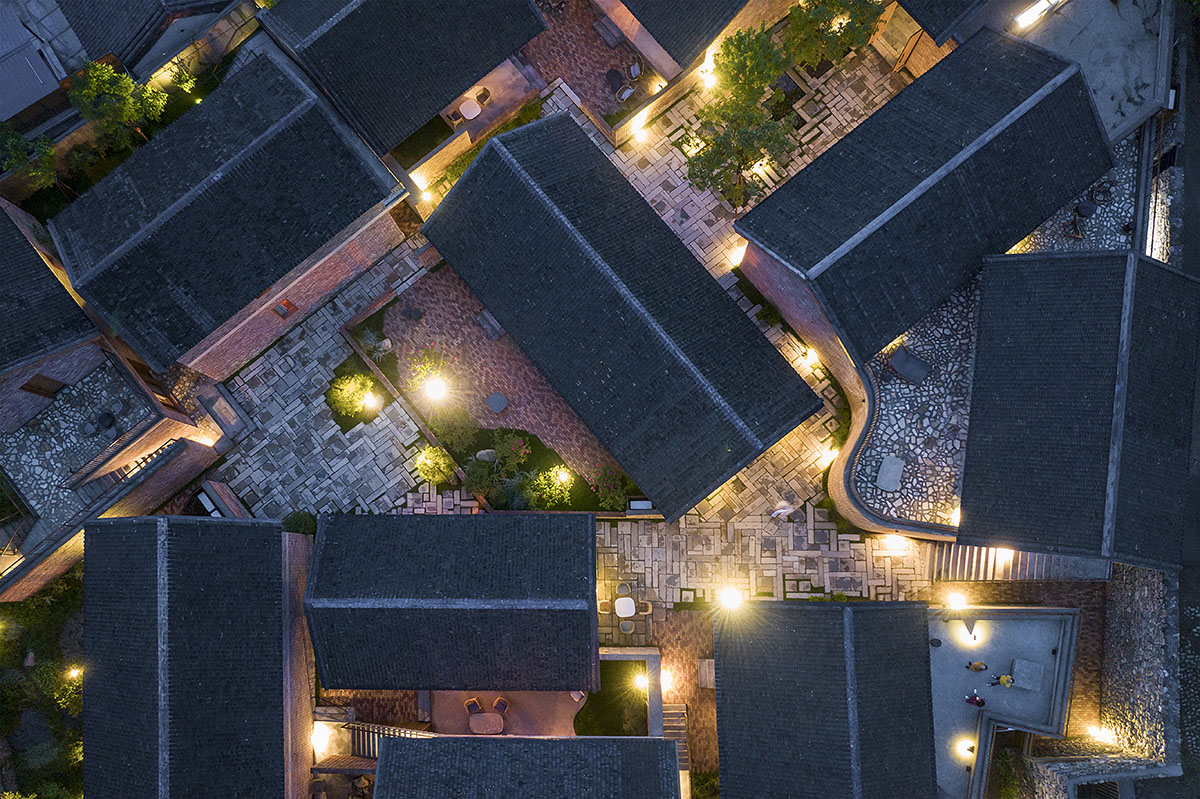
Design.
This project complies with the basic elements and volume division of the original village, and aims to simplify architectural details in order to facilitate the use of local resources. The design emerges through this process, informed in part, by the overall rhythm and pace of real life, and through a lived experience of the building site.
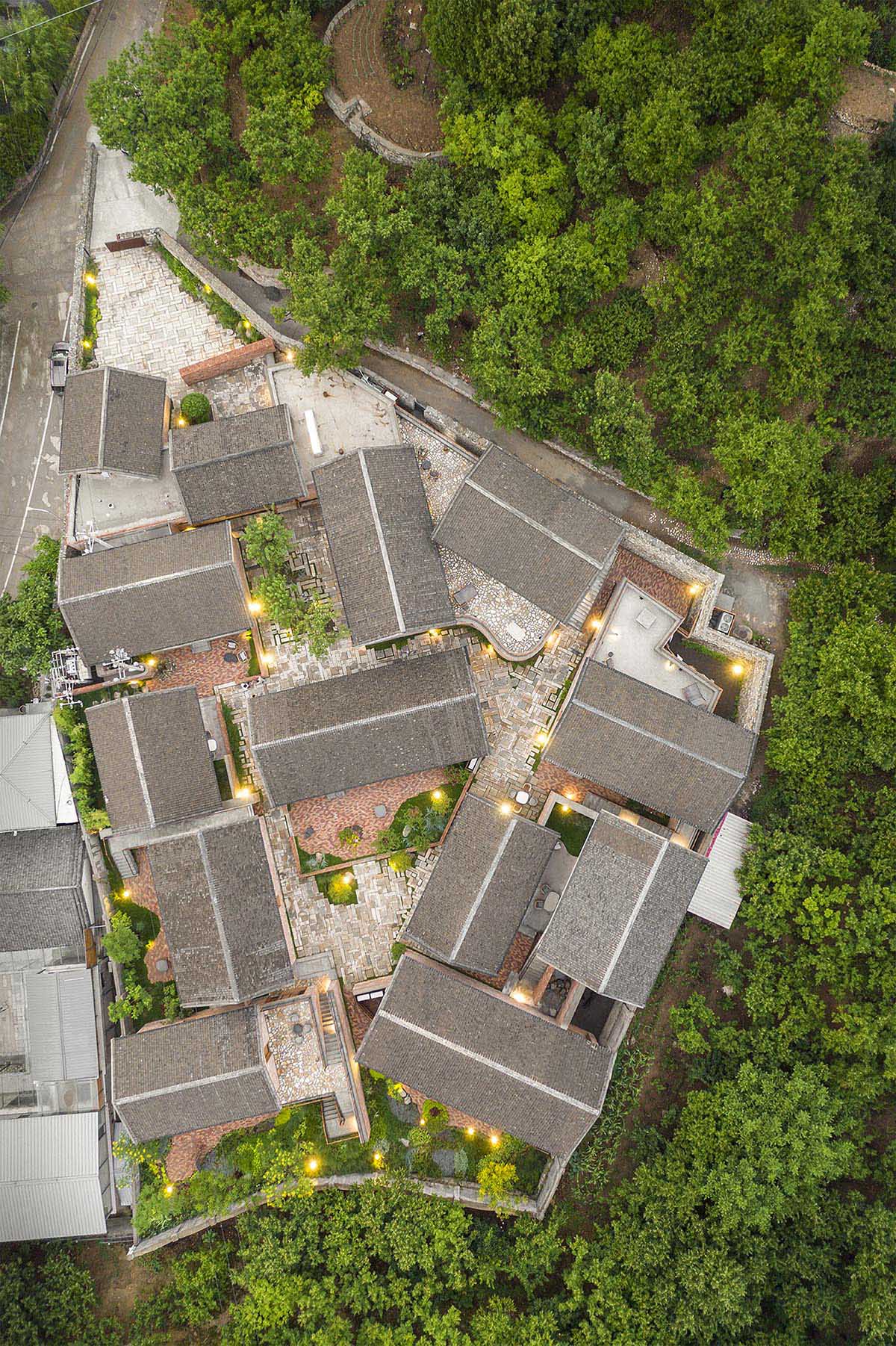
Materials.
Within the particular environment of Beijing, the selection, production and transportation of building materials posed many challenges throughout construction. Therefore, the studio tried the best to use local materials that were authentic and readily available, without introducing ornamental or decorative elements.
Observing the natural phenomenon of the wind and the sun helped to reveal the hidden wisdom and beauty of the materials. The old slate as the landscape pavement, the porous red brick in the private courtyard, the stone brick joints at the building wall base, and the collocation of red brick and blue brick used for building walls, all together made the relatively impressive material characteristics and the dignity of the architectural geometry present a feeling of leisure and quietness.

Realization.
The whole process of building became a growing process of constant trial, self-pursuit and self-subversion. Only with the participation of local villagers can village houses find their real roots and become truly integrated into the village life. The construction team was fully integrated with modern management and local villagers' practices.
From architectural design, drawings and communication, to production samples, on-site testing, error correction, re-understanding, re-production, and repetitive attempts, the entire team came to form common values. The entire team's commitment to these idealistic values may be the most fundamental to the realization of San Sa.

Details.
The details of this project, from the studio's perspective, certainly cannot be as good as the ideals rendered by the pen on the paper. However, the coordination and compromise in the details are produced by the process of integrating the intention of rational design with the subjectivity of in-situ thinking. Indeed, the most attractive details of San Sa are derived through the communication, contradictions, conflicts, and lessons that arise on site, and especially through subsequent experimental attempts in the case of unknown results.
Architects with different cultural backgrounds used their experience and vision to precisely plan the details. The attitude of the construction team changed from "typically we don't do this, typically we do this," to a new understanding of joints and connections through hand drawing and through the meticulous realization of the final production. From learning the proper alignment of materials to understanding randomized patterning, until by the end, feeling it was not perfect enough and spontaneously hoping to continue improving; this transformation was the most gratifying part for us among all the architectural details.
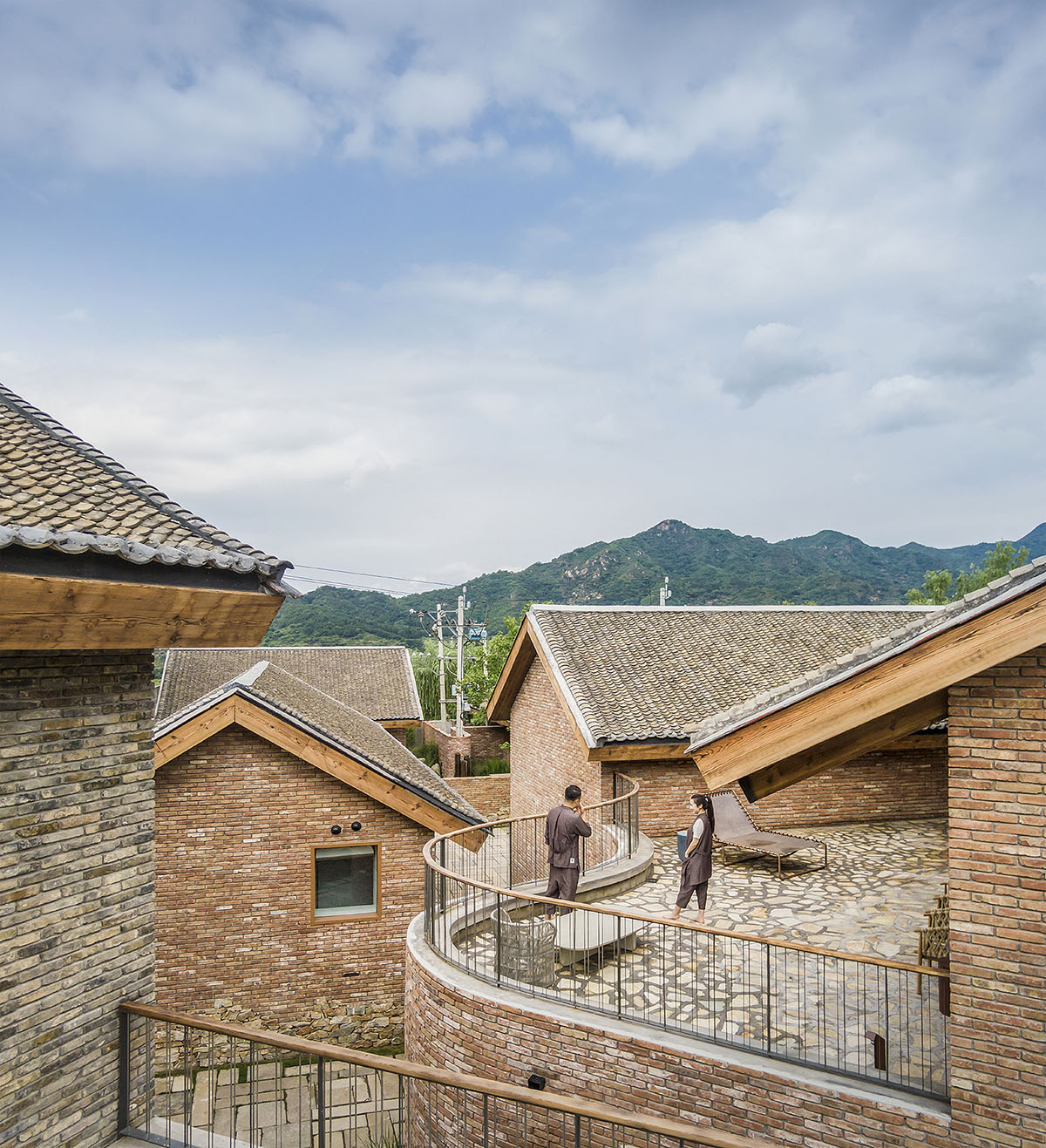
Ecology.
The layout of the design aims to make the ecology of buildings and courtyards different from other typical buildings in North China. By responding to issues of human-scale and social interface in place-making, the project seeks to break the conventional 'mode of thought' for the Visitor. The continuation of culture and lifestyle is certainly necessary, but it is meaningless to conservatively follow the rules and blindly carry it forward.
"We hope to use this method, which seems to challenge the typical comfort zone for people living in the North to interact with space, and to bring the visitors another way of contemplating life," added the firm.

You can feel that the courtyards are similar to those in South China, or feel that they are a mixture of north and south buildings. You may feel that there is not enough privacy, but more likely, you may come to feel that the space offers some enticing exotic elements. In any case, this kind of thinking has already brought forward the vitality of self-reflection and a conscious engagement with the environment.
This kind of "courtyard neighborhood" ecology may be the best way for "San Sa" to help people who visit to re-examine their lives and to gain an appreciation for the original intention and method of rural construction.

Vision.
The courtyard scene is also a vision.
When you see a beautiful building standing in the beautiful countryside, please do not be too hasty to mention what has been given up for the Zen, which has become a cliché, or recklessly defined as merely an architectural style. Zen is not a superficial word, but requires more serious understanding and criticism, so as to give these lives more deserved respect.
Sitting in the yard, this is the most beautiful moment of "San Sa" when you no longer feel disturbed by close neighbors, when you can enjoy the stars again, when you are able to sit still in one place but forget about the time.
"San Sa" is a kind of joy to art, an embrace to the five senses, and a respect to regional culture.
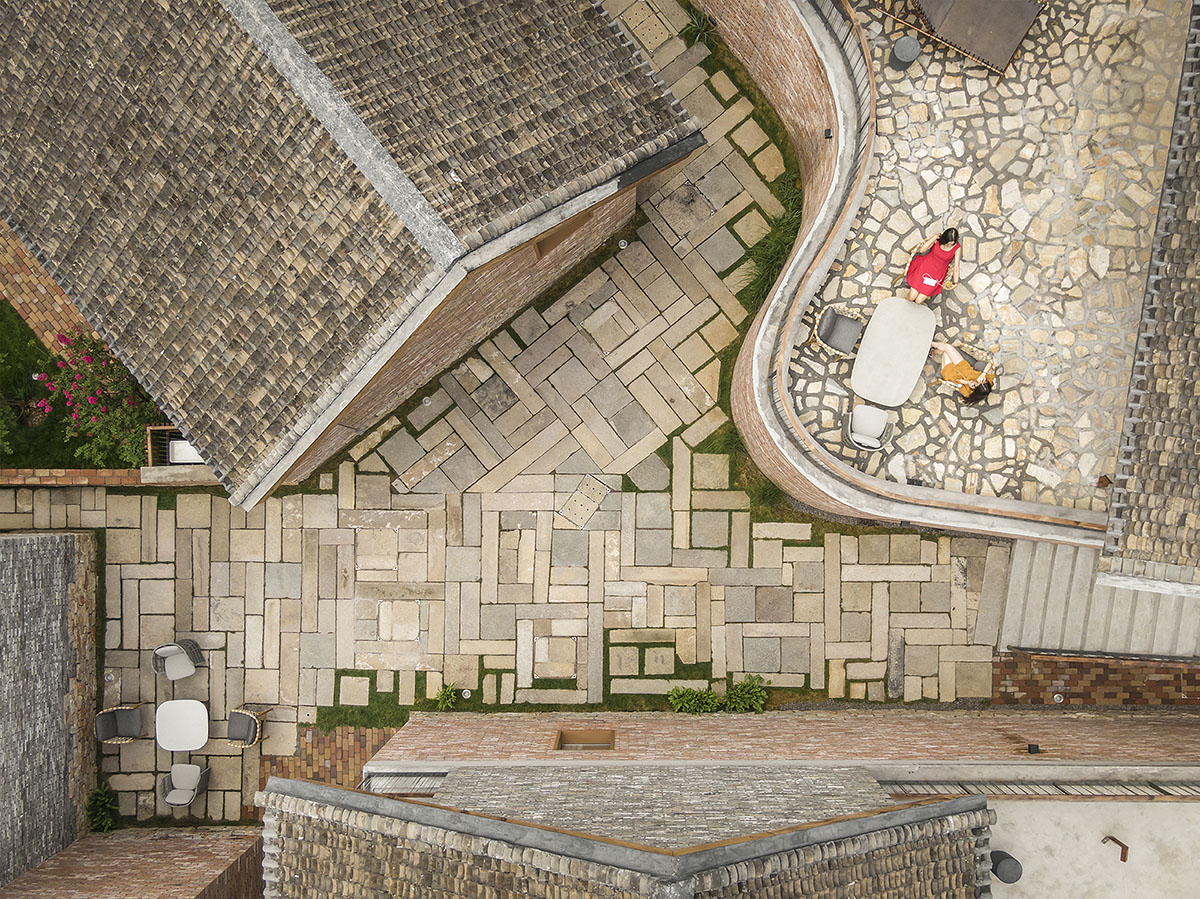





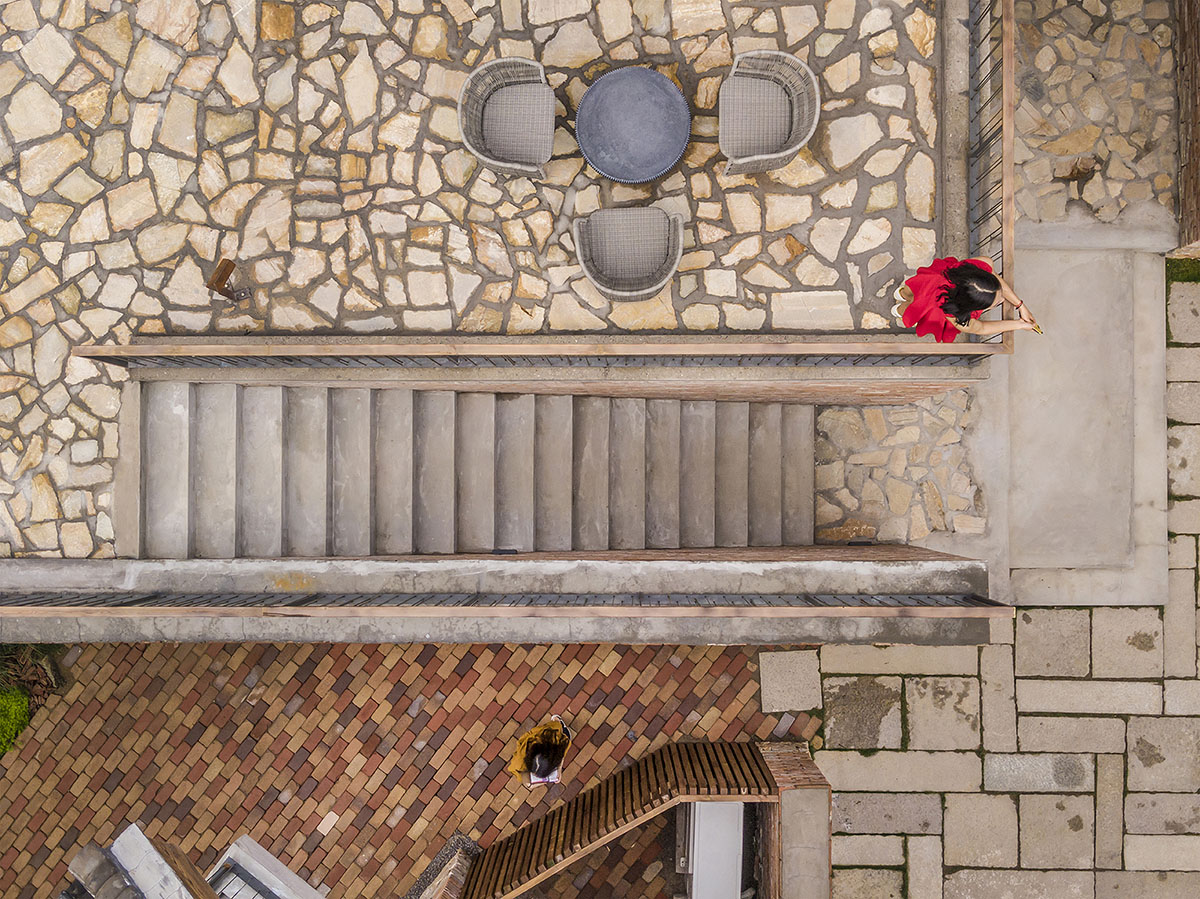

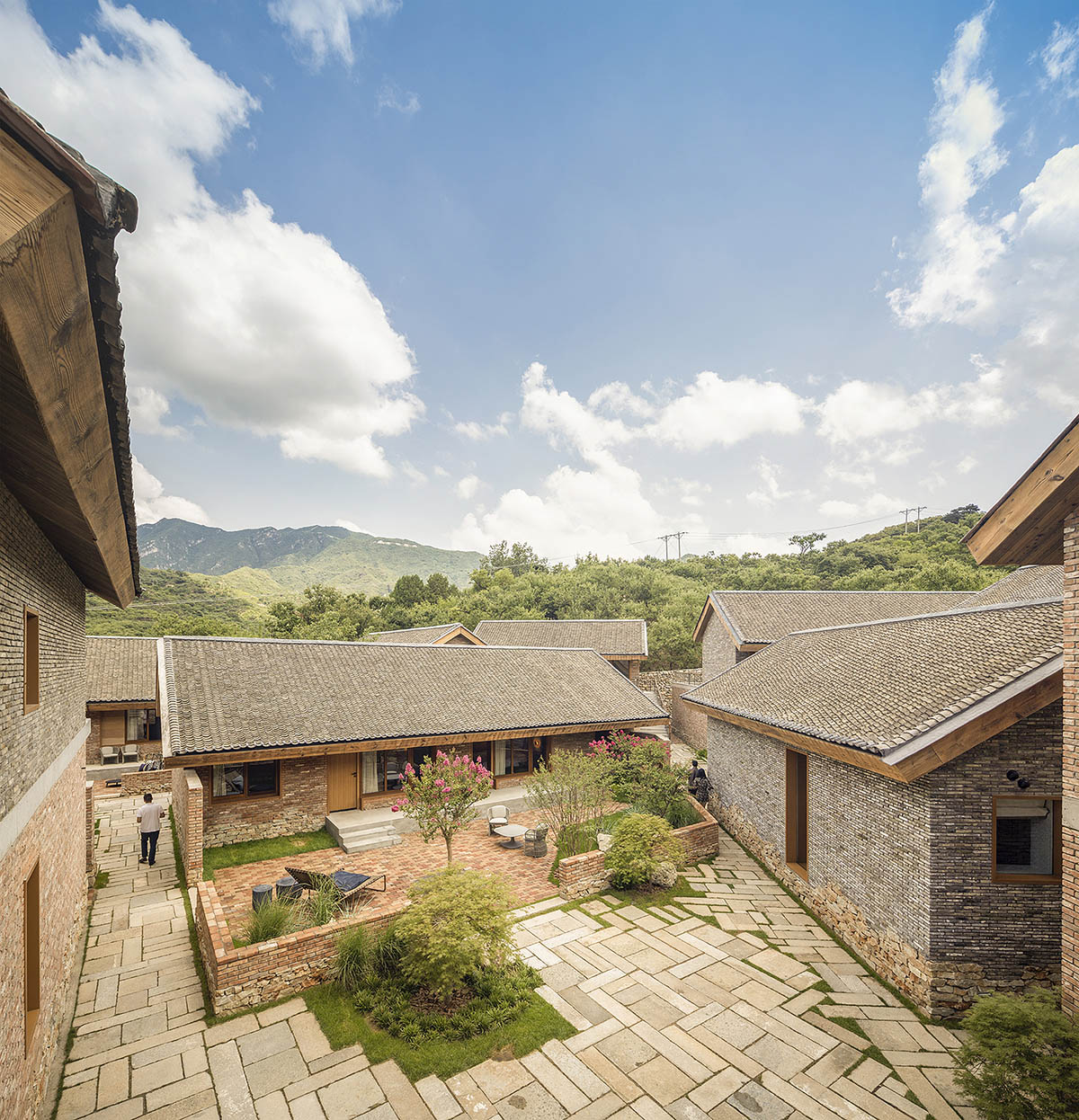

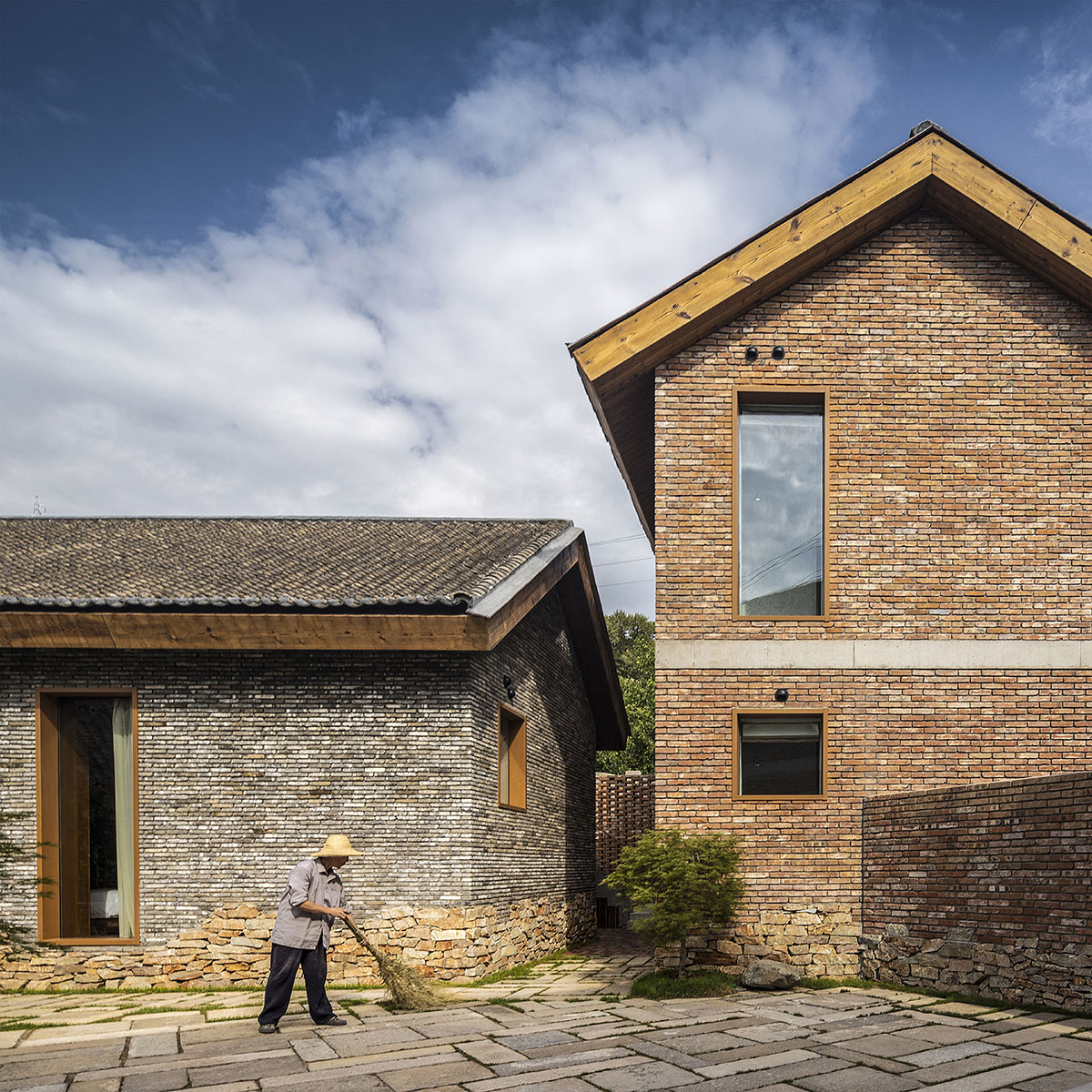

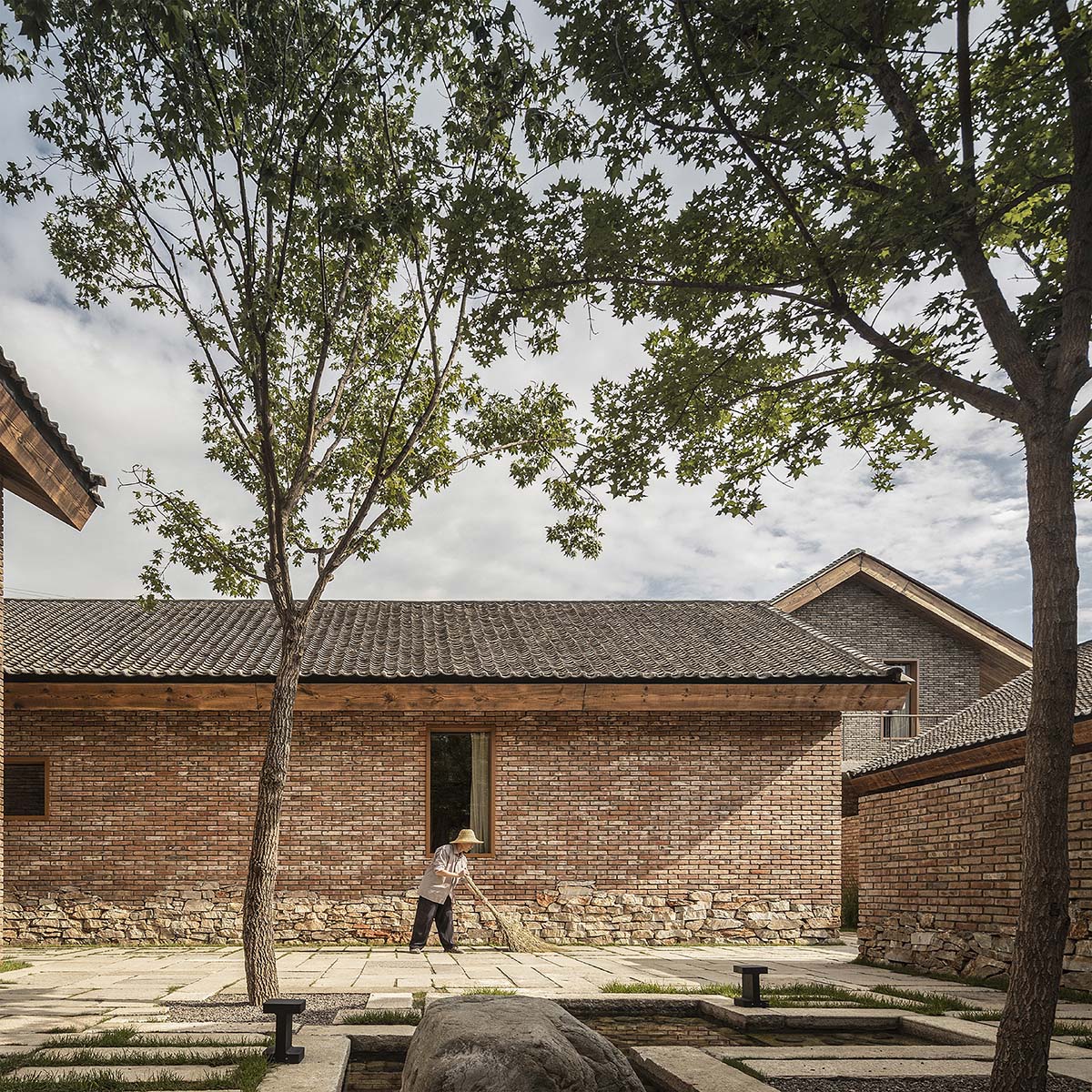
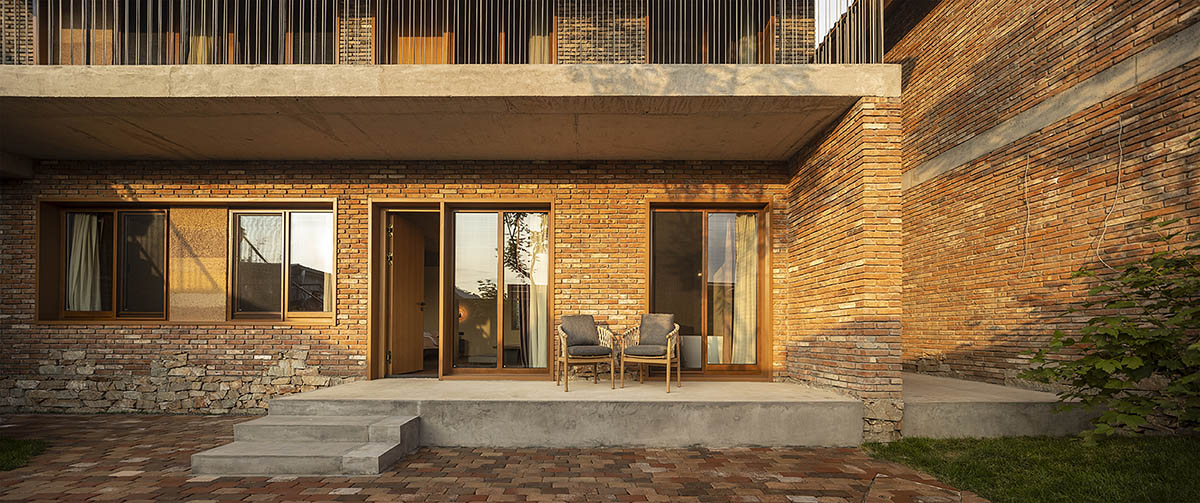
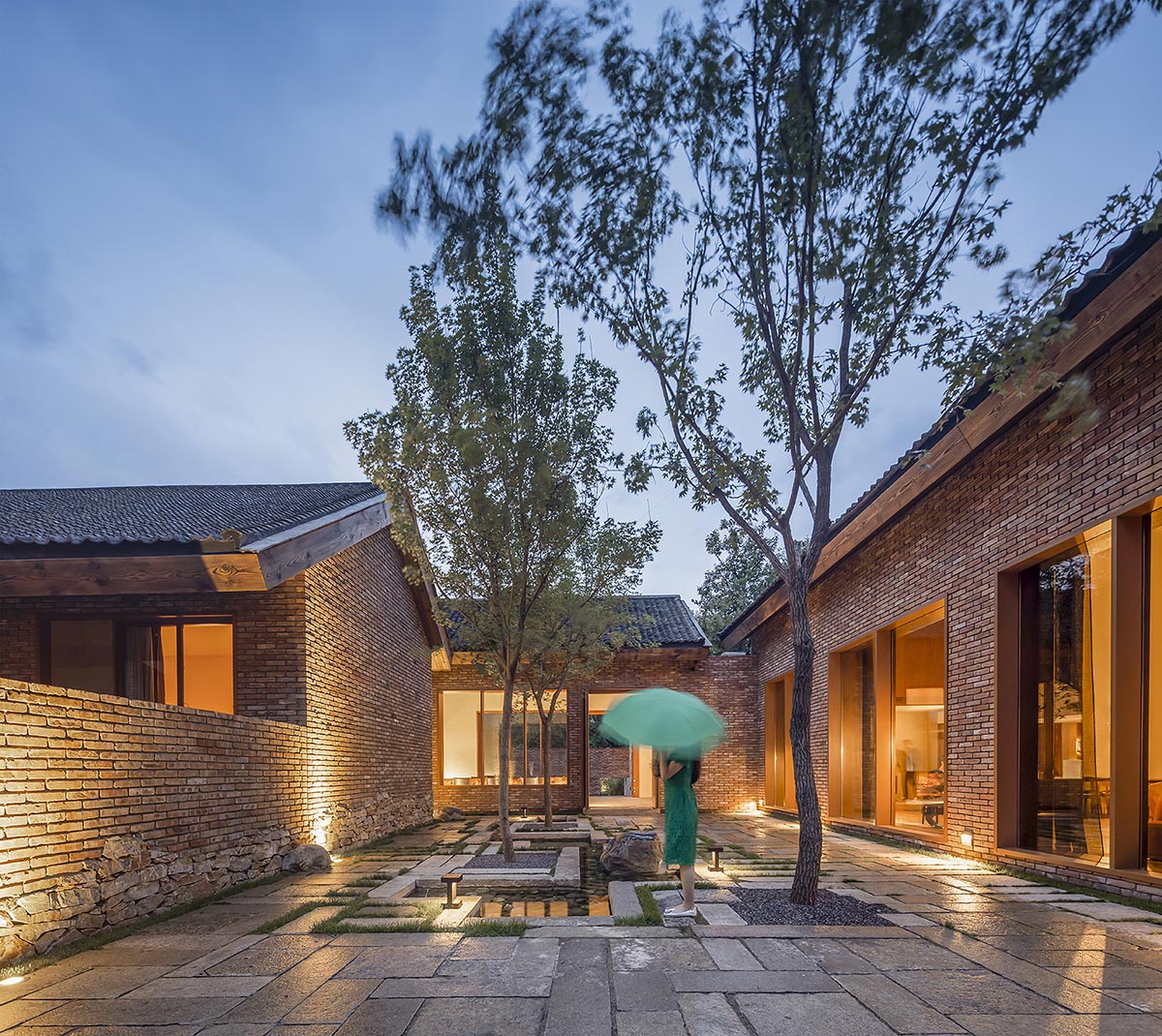
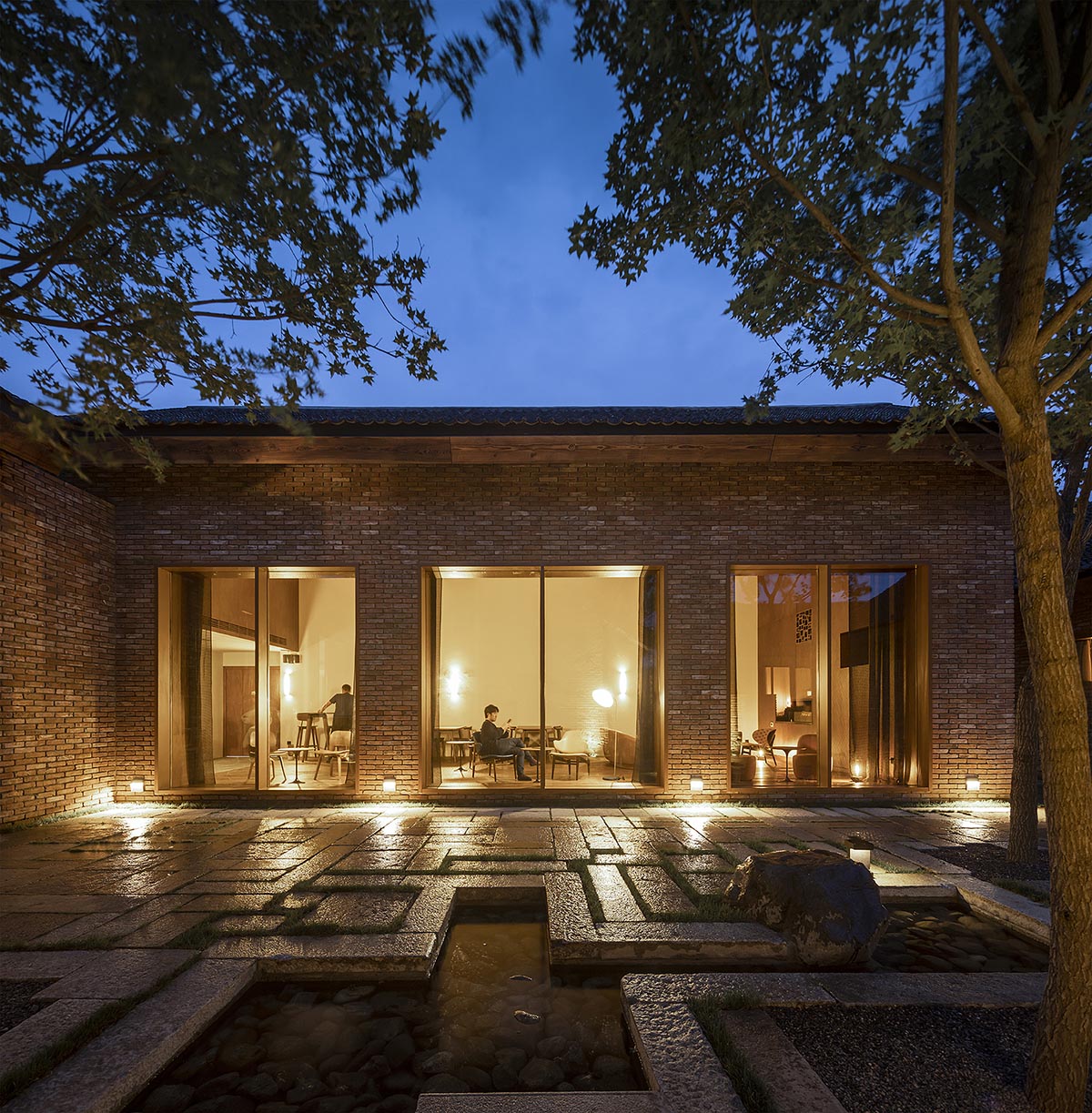
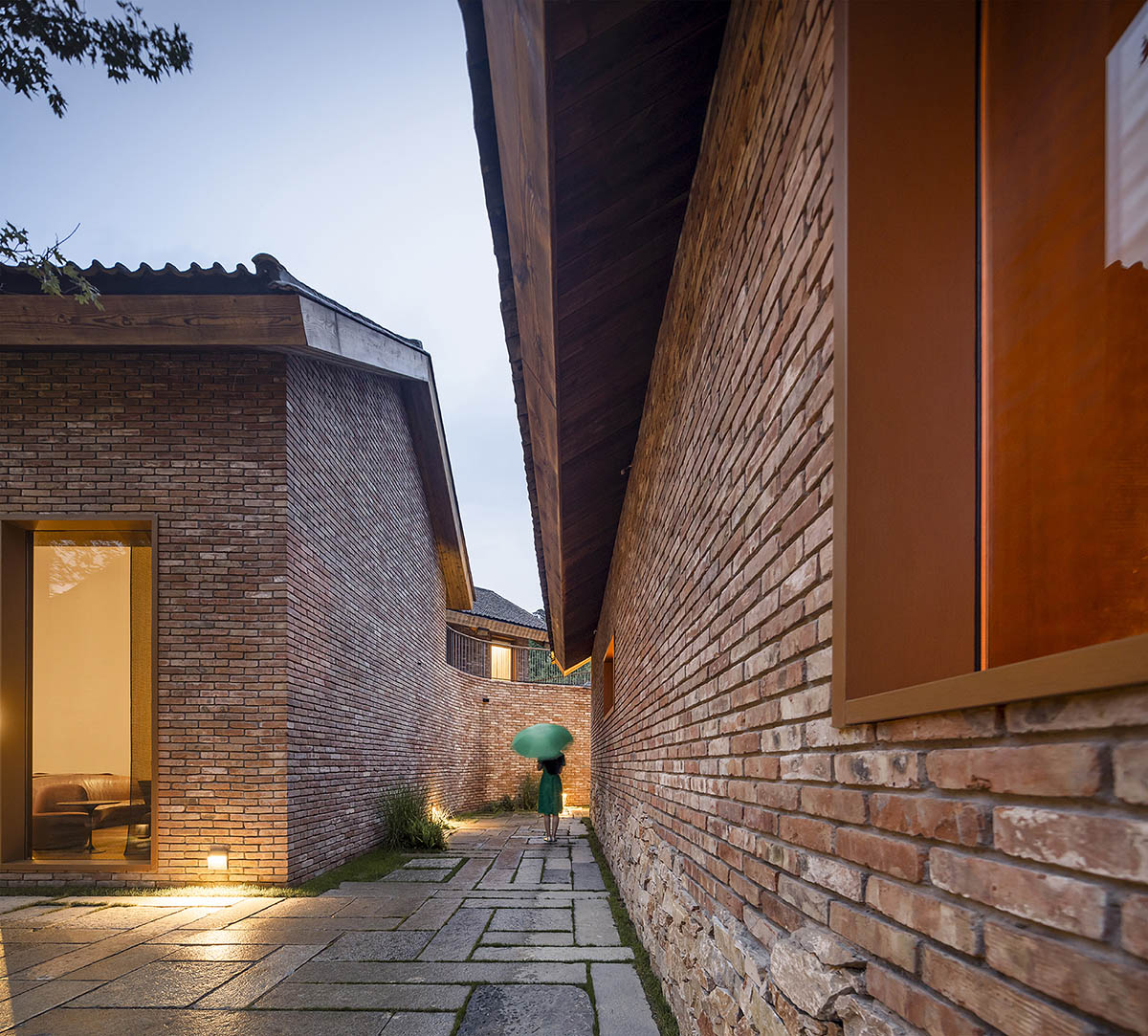
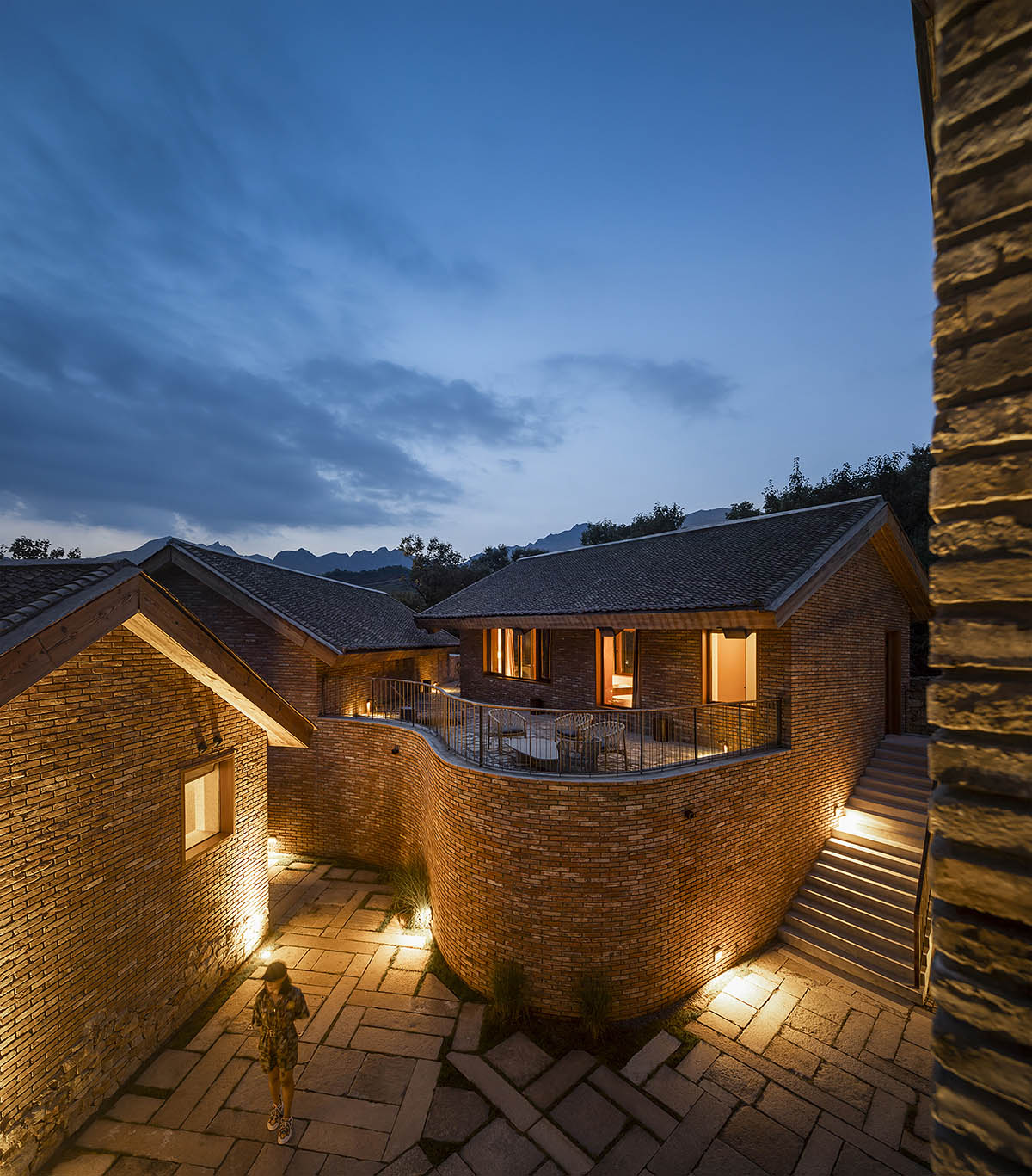
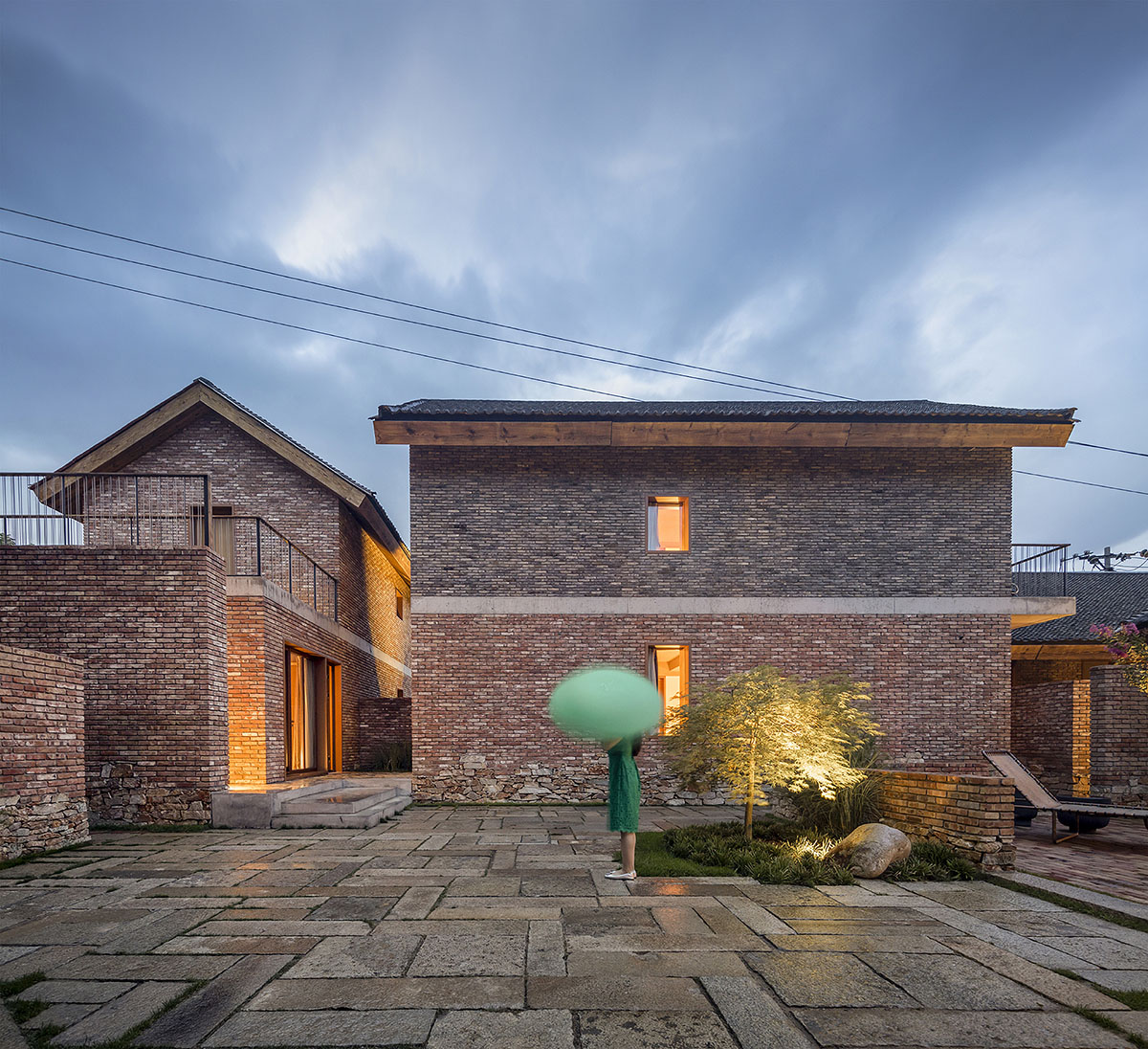



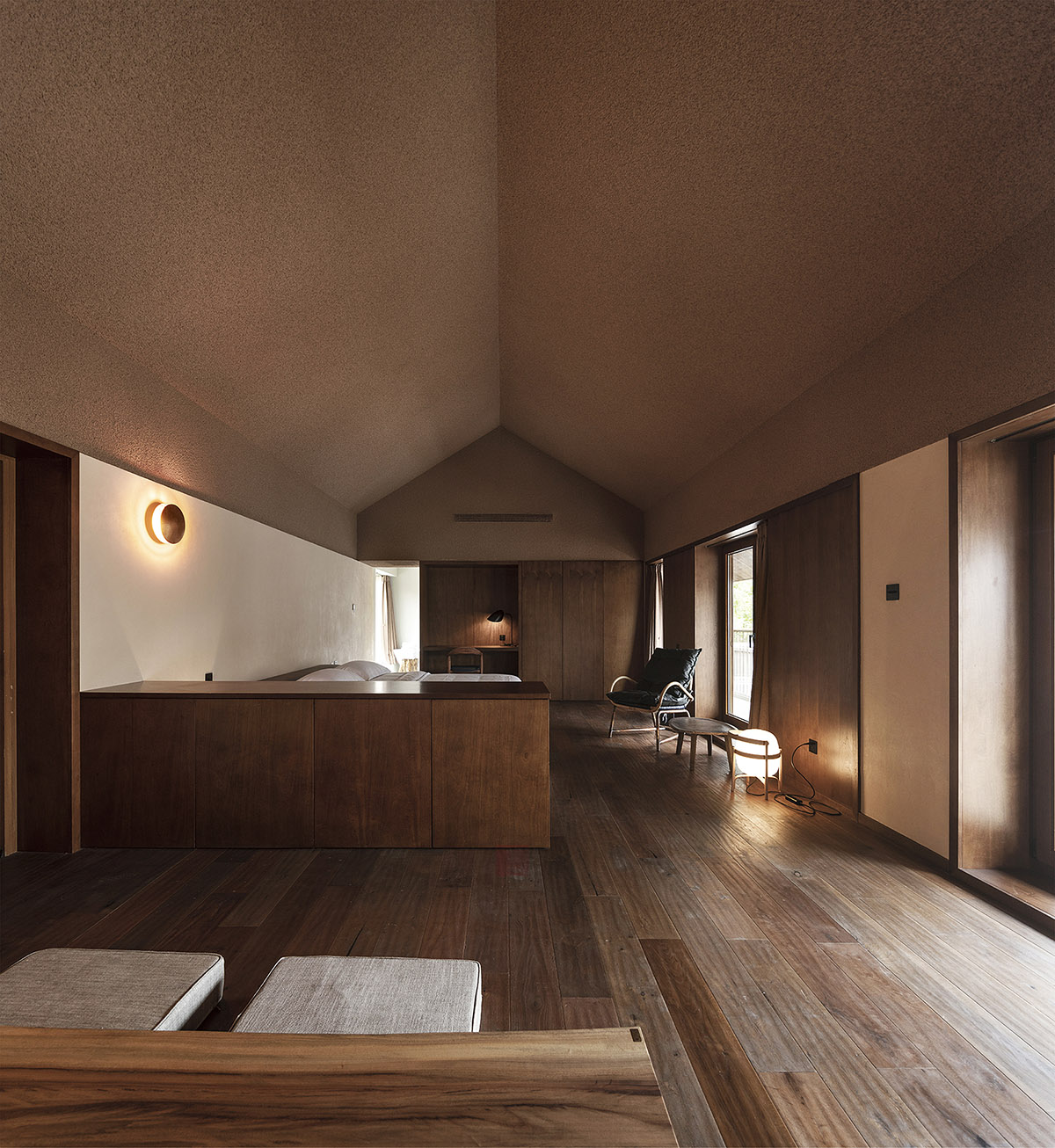
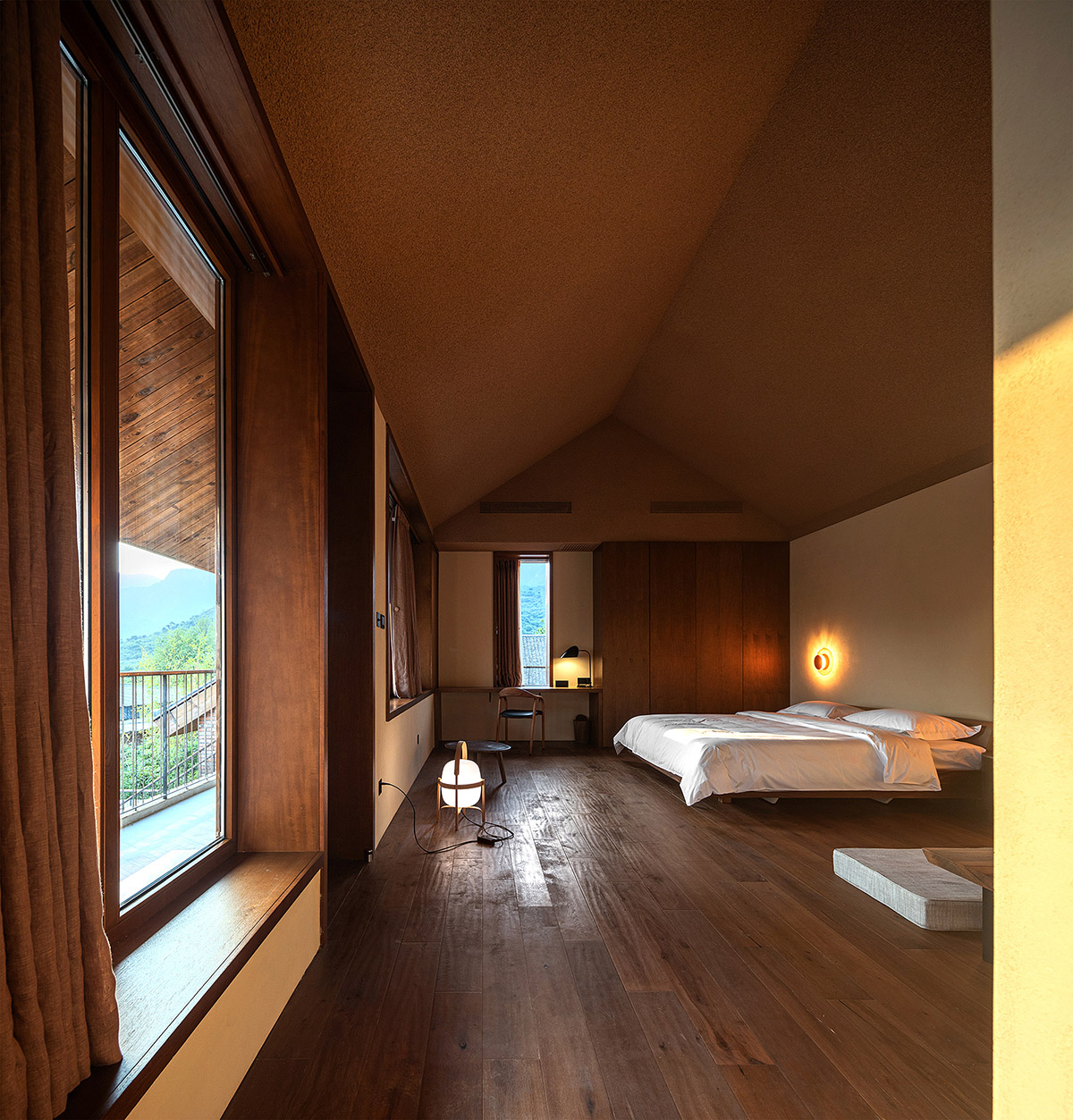
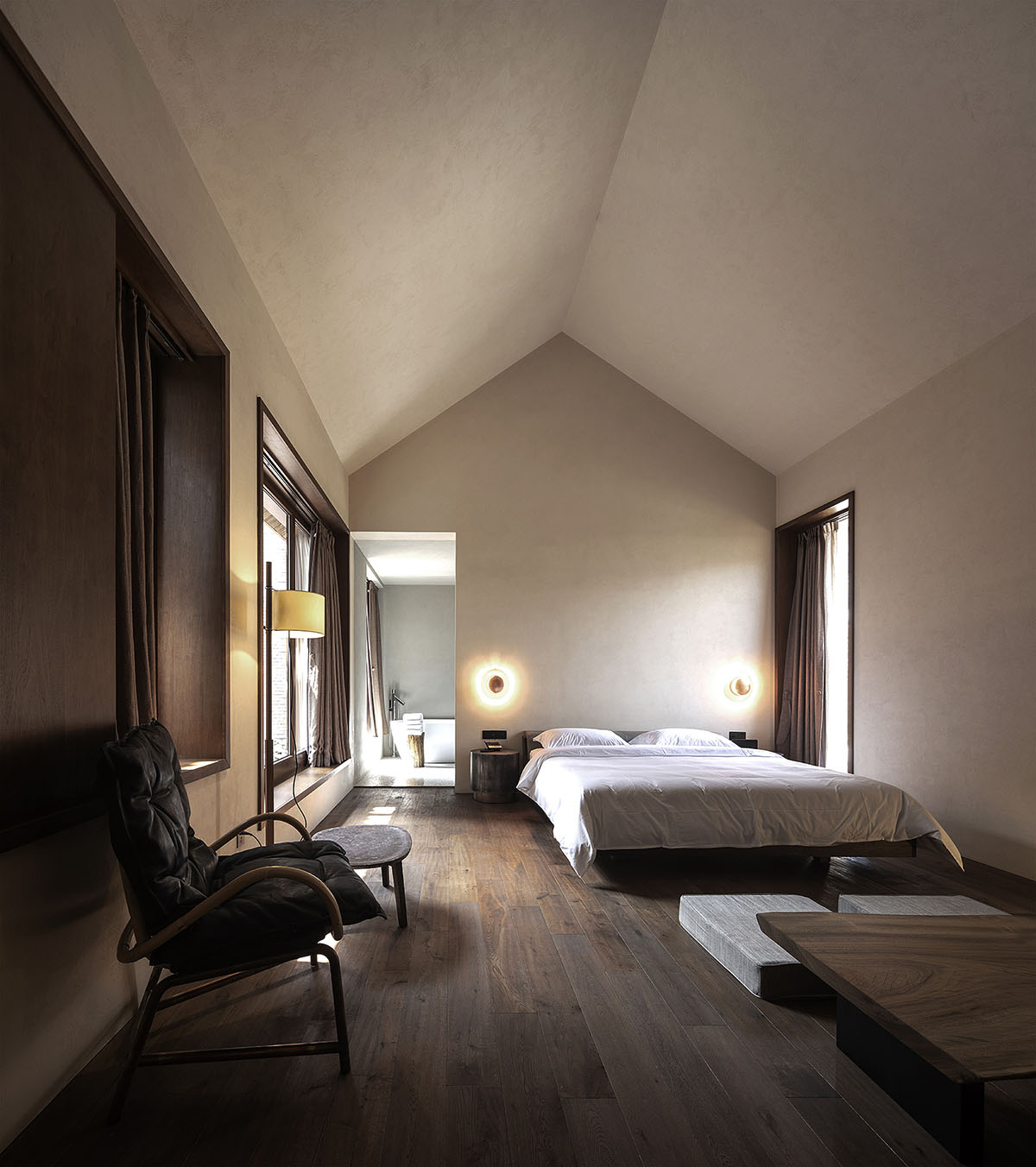
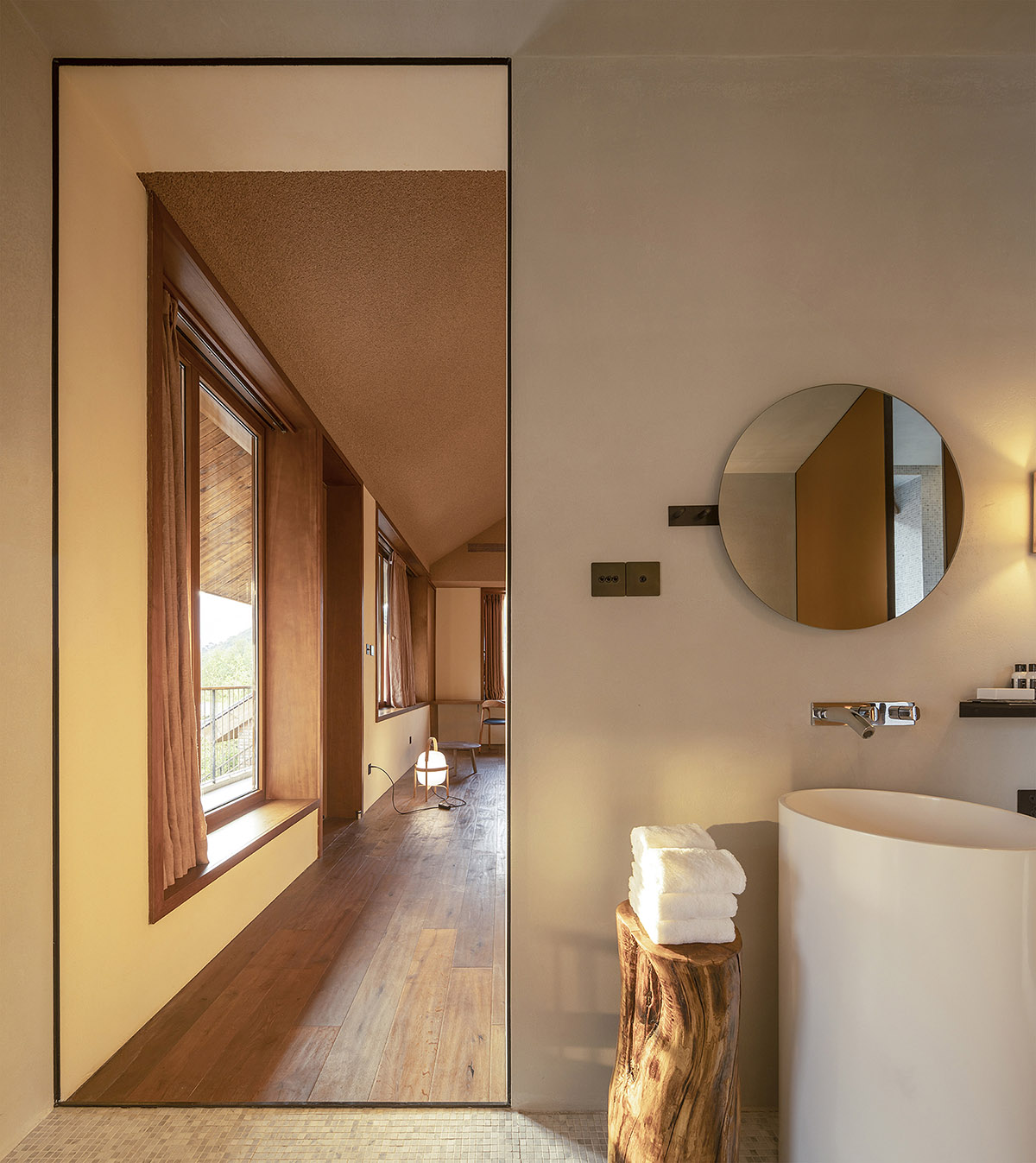
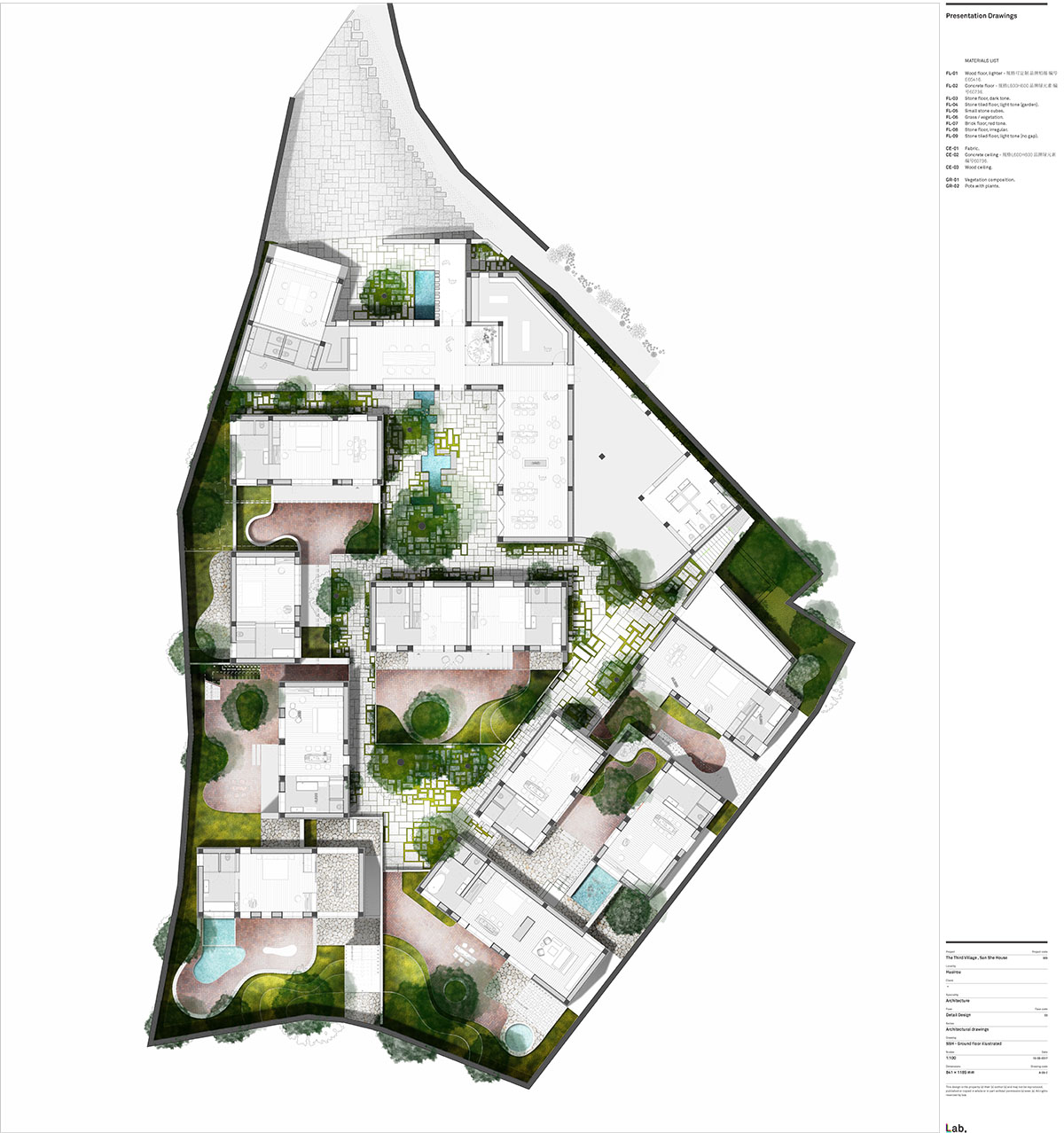
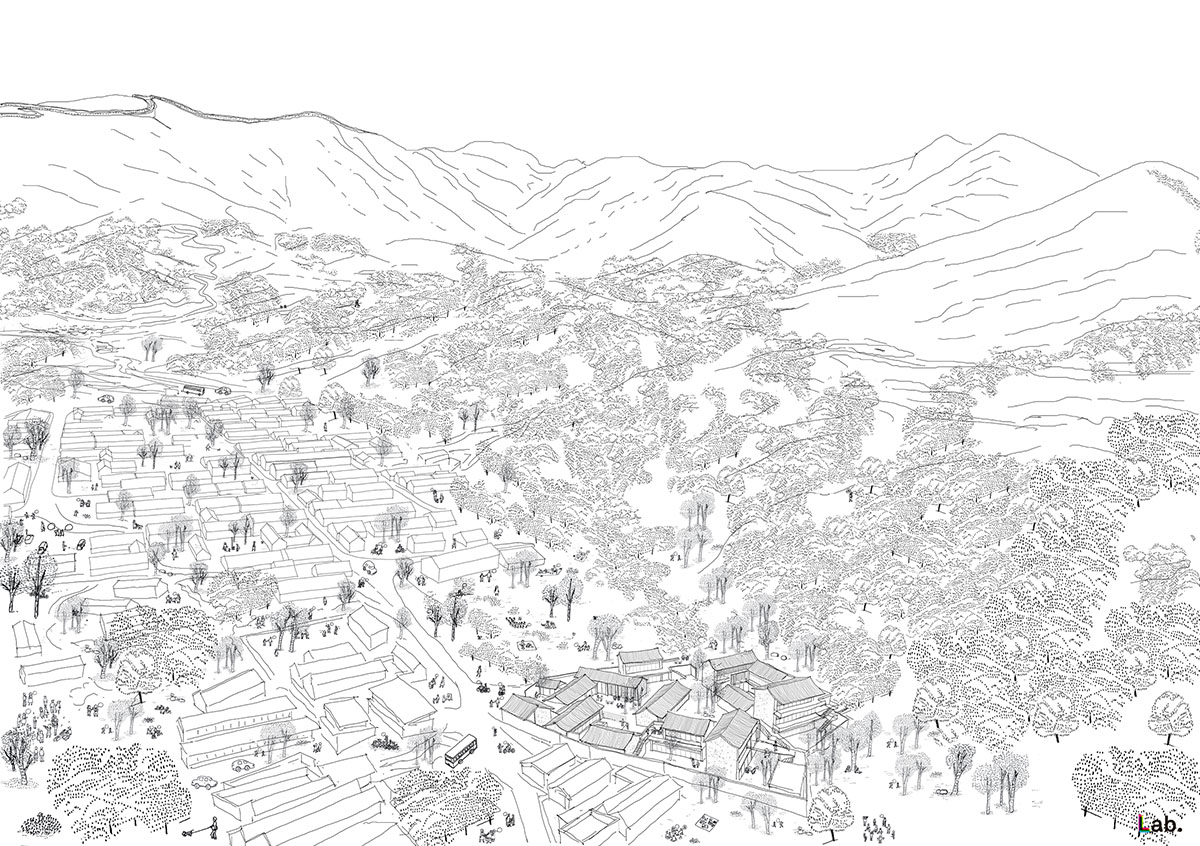


Project facts
Project name: San Sa Village
Project location: Beigou Village, Huairou District, Beijing
Site area: around 2,300 sqm
Building area: about 1,600 sqm
Project schedule: 2015 –July 2019
Project investor: 2049 Group
Architectural design: llLab.
Construction team: San She Inn (Beijing) Cultural Management Co., Ltd.
Construction drawings: China Electric Design & Research Co., Ltd.
Civil engineering construction team: Yi Wang and his friends
Interior construction team: Guobing Zhou and his friends
Deepened landscape design: Shanghai Di Cui Landscaping Co., Ltd.
Landscape construction team: Mr. Cai and his friends
Furniture consultation: cdc | brandcreation (Austria)
Uniform design / production: carpostudio (Portugal)
All images © Fernando Guerra I FG+SG
> via llLab
